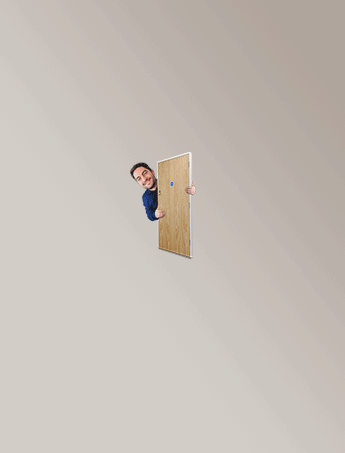Branded apparel has a significant impact on how consumers view a business. The choice between printed and embroidered workwear has an impact on longevity, professionalism, and return on investment, in addition to appearance, whether you’re outfitting a retail team, a fleet of delivery workers, or hospitality employees. When choosing how to apply your brand to uniforms, you must consider aspects such as cost, aesthetic appeal, and durability. Here’s a closer look at the differences between embroidery and print so your company can make an informed decision.
A Question of Presentation
First impressions are strong, and the way a brand is portrayed on employee uniforms frequently determines the tone of interactions with customers. Generally speaking, embroidered workwear has a more elegant and tactile look, particularly for logos with simple colour schemes or sharp accents. This textured look conveys prestige and a sense of longevity.
On the other hand, printing enables complex artwork, gradients, and full-colour graphics. For firms with intricate graphics or striking colour schemes, it’s the perfect option. At a distance, the outcome is frequently stronger and more startling, making it ideal for high-visibility applications or promotional events.
Durability in the Real World
Uniforms are regularly used, washed, and subjected to various conditions at work. The designs turned out beautifully in most of these conditions. After going through many cycles in a washer, the colours and threads do not fade. Because it is durable, it is a good choice for sectors where clothing experiences a lot of wear and tear due to stress and friction, such as engineering, construction, and catering.
Printed clothing can fade or wear out faster, especially if it was printed using basic screen printing or heat transfer methods. The way you wash and use your shoes can determine if they crack, fade or peel. Thanks to new developments in digital printing and proper maintenance, printers now last a lot longer.
Material Compatibility
Certain fabrics do not work well with every type of branding. Cotton, polycotton and fleece are the best types of fabric for embroidery because they keep the surface smooth. Embroidery on lightweight polyester or moisture-wicking shirts can cause puckering and may not feel comfortable against the body.
When it comes to flexibility, printing is more useful. It can be applied to various fabrics, including technical materials and blends commonly used in activewear. Because uniforms can be used in various ways, businesses with different uniforms may benefit from combining both approaches.
Balancing Cost and Value
Printed workwear is usually less expensive when you start. The setup takes less time, and for larger jobs, the costs remain the same. Because of this, startups, companies with seasonal promotions, and those that frequently update their branding find it useful.
On the other hand, embroidery is more expensive to start with. You have to convert the design into stitching patterns on a computer, which makes the process take longer. Still, over the years, embroidered clothes can be more worthwhile, especially if durability is important. When you use fewer replacements, you spend less and create less waste in the future.
Brand Identity and Professionalism
The chosen approach should align with the business’s values and the tone commonly used in its industry. Embroidered logos typically convey a sense of reliability and tradition, making them suitable for law firms, consultancies, or high-end service providers. In contrast, printing is ideal for expressing creativity, which aligns well with creative industries, startups, and brands popular among the youth.
Ultimately, the decision should enable the company to present its desired image and operate smoothly in its daily activities.
Mixing Methods for Maximum Impact
It is not necessary to use the same technique for every garment. If you want your staff to look professional, consider embroidering your polo shirts. If you want to make promotional T-shirts more attractive, use printed designs. Adapting branding strategies for each situation ensures the brand remains consistent without compromising its integrity.
Making the Right Impression
The choice between embroidered and printed clothing will depend on what your company needs. Consider where your team will appear in uniforms, how often they need to be cleaned, and the impression you want them to convey. If you carefully evaluate your choices, you can end up with a design that works well for your brand and looks good.





